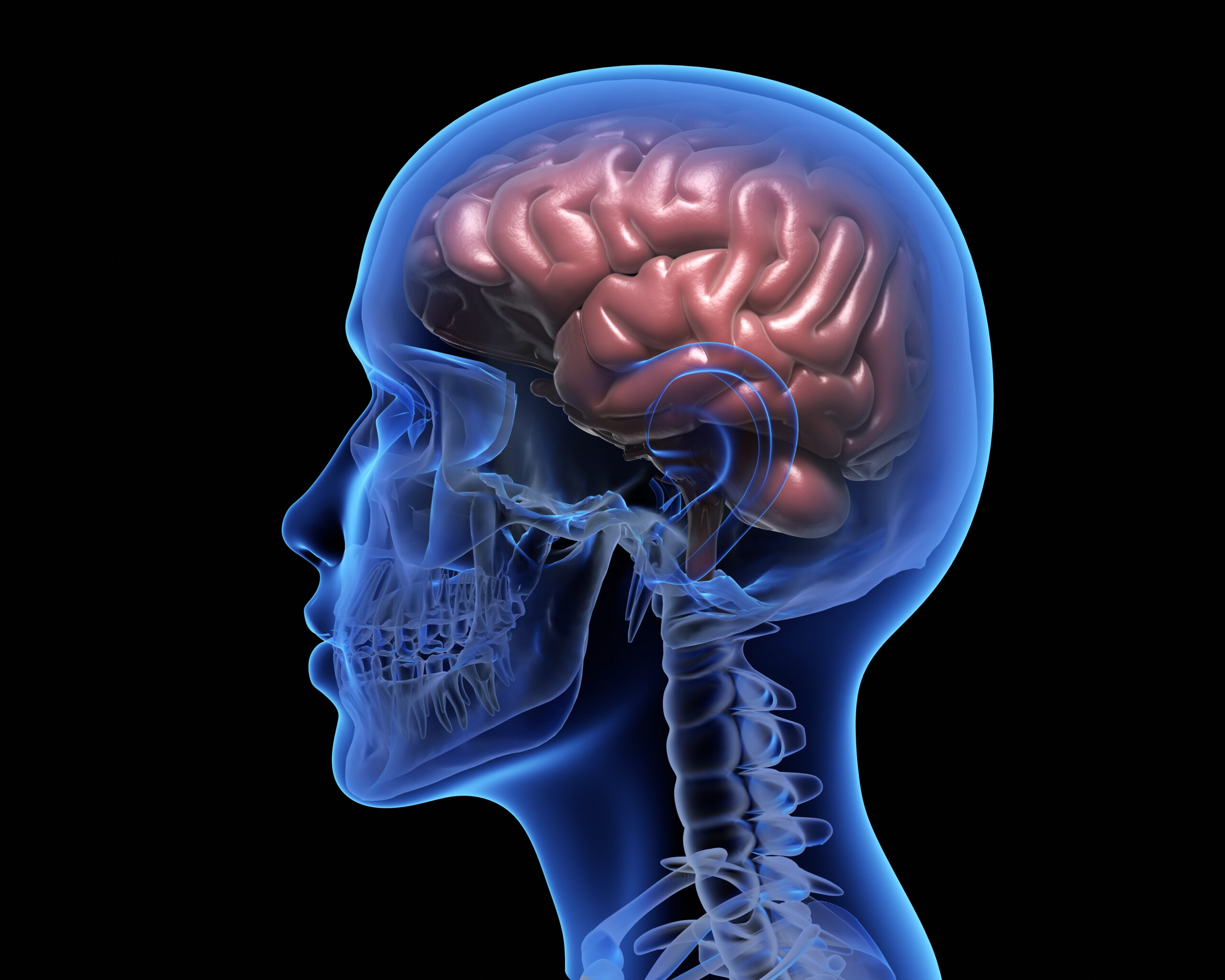In the intricate web of our body’s systems, the glymphatic system stands out as a crucial yet lesser-known player in brain health. Similar to how the cardiovascular system and lymphatic system manage blood flow and waste removal in other tissues, the glymphatic system ensures the brain stays clear of metabolic debris. Let’s dive into this fascinating system and uncover its role in maintaining brain function.
What is the Glymphatic System?
The glymphatic system is a recently discovered waste clearance system in the brain that operates alongside the cerebrospinal fluid (CSF) to remove metabolic waste products from the delicate brain tissues. Unlike peripheral tissues that rely on lymphatic vessels, the brain lacks traditional lymphatic drainage. Instead, the glymphatic system utilizes the flow of CSF to transport waste from the brain’s interstitial fluid (ISF) to the circulatory system for elimination.
The term “glymphatic” combines “glial” and “lymphatic,” highlighting its dependence on glial cells and its resemblance to the lymphatic system in function. Glial cells, specifically astrocytes, play a crucial role in regulating the flow of CSF and maintaining the integrity of the glymphatic system. These cells are strategically positioned around blood vessels in the brain, forming a network of astrocytic end feet that interact with CSF and facilitate waste clearance.
Discovery and Mechanism
The existence of the glymphatic system was confirmed through pioneering research that challenged existing views of brain waste clearance. Studies, including those by Jeffrey Iliff and colleagues in 2012, used innovative imaging techniques to demonstrate how CSF enters the brain parenchyma through paravascular spaces surrounding arteries. This CSF flow allows for the efficient removal of metabolic waste products, such as amyloid beta and tau proteins, which accumulate in the ISF and can impair neuronal function if not cleared.
The mechanism of glymphatic clearance involves a convective flow driven by arterial pulsations. CSF flows into the brain parenchyma through the perivascular spaces, where it exchanges with ISF and picks up waste products. This waste-laden CSF then travels through paravascular spaces surrounding veins, eventually reaching the meningeal lymphatic vessels or being absorbed directly into the bloodstream.
Aquaporin 4 (AQP4): The Key Player
At the core of glymphatic function are aquaporin 4 (AQP4) channels, which are abundantly expressed on the astrocytic end feet surrounding blood vessels. AQP4 channels facilitate the movement of water and small solutes, ensuring a continuous flow of CSF through the brain’s intricate network. These channels play a crucial role in maintaining the balance of fluid and solutes within the brain parenchyma, supporting efficient waste clearance.
Research has shown that disruptions in AQP4 function can impair glymphatic clearance, leading to the accumulation of toxic substances like amyloid beta. Such accumulations are implicated in the pathogenesis of neurodegenerative diseases, highlighting the importance of glymphatic function in brain health.
Clinical Implications
The glymphatic system’s role in waste clearance has profound implications for understanding and potentially treating neurological disorders. Dysfunction in this system may contribute to the onset and progression of conditions such as Alzheimer’s disease, Parkinson’s disease, and traumatic brain injury.
Researchers are actively exploring therapeutic strategies aimed at enhancing glymphatic function. These strategies include targeting AQP4 channels to improve CSF flow and waste clearance, which could potentially slow the progression of neurodegenerative diseases associated with protein accumulation in the brain.
Future Directions and Research
As our understanding of the glymphatic system evolves, researchers are focusing on several key areas. These include elucidating the mechanisms that regulate glymphatic function, exploring its role in maintaining brain homeostasis and cognitive function, and investigating how aging and disease impact glymphatic clearance.
Future research aims to develop imaging techniques and biomarkers to assess glymphatic function in living humans, which could provide valuable insights into neurological health and disease progression. Additionally, studies are underway to determine whether interventions that enhance glymphatic clearance could be translated into clinical therapies for neurodegenerative disorders.
Conclusion
In essence, the glymphatic system represents a marvel of biological engineering—a finely tuned mechanism that ensures the brain remains pristine and fully functional. By shedding light on its intricate workings, researchers are paving the way for new therapies and interventions to combat neurodegenerative diseases and promote brain health throughout life.
So, the next time you marvel at the complexity of the human brain and central nervous system, remember the unsung hero quietly at work—the glymphatic system, safeguarding your cognitive vitality with every beat of your heart.
References:
1. Iliff, Jeffrey J., et al. “A Paravascular Pathway Facilitates CSF Flow through the Brain Parenchyma and the Clearance of Interstitial Solutes, Including Amyloid β.” Science Translational Medicine 4.147 (2012): 147ra111.
2. Louveau, Antoine, et al. “Understanding the Functions and Relationships of the Glymphatic System and Meningeal Lymphatics.” The Journal of Clinical Investigation 127.9 (2017): 3210-3219.
3. Jessen, Nadia Aalling, et al. “The Glymphatic System: A Beginner’s Guide.” Neurochemical Research 40.12 (2015): 2583-2599.


